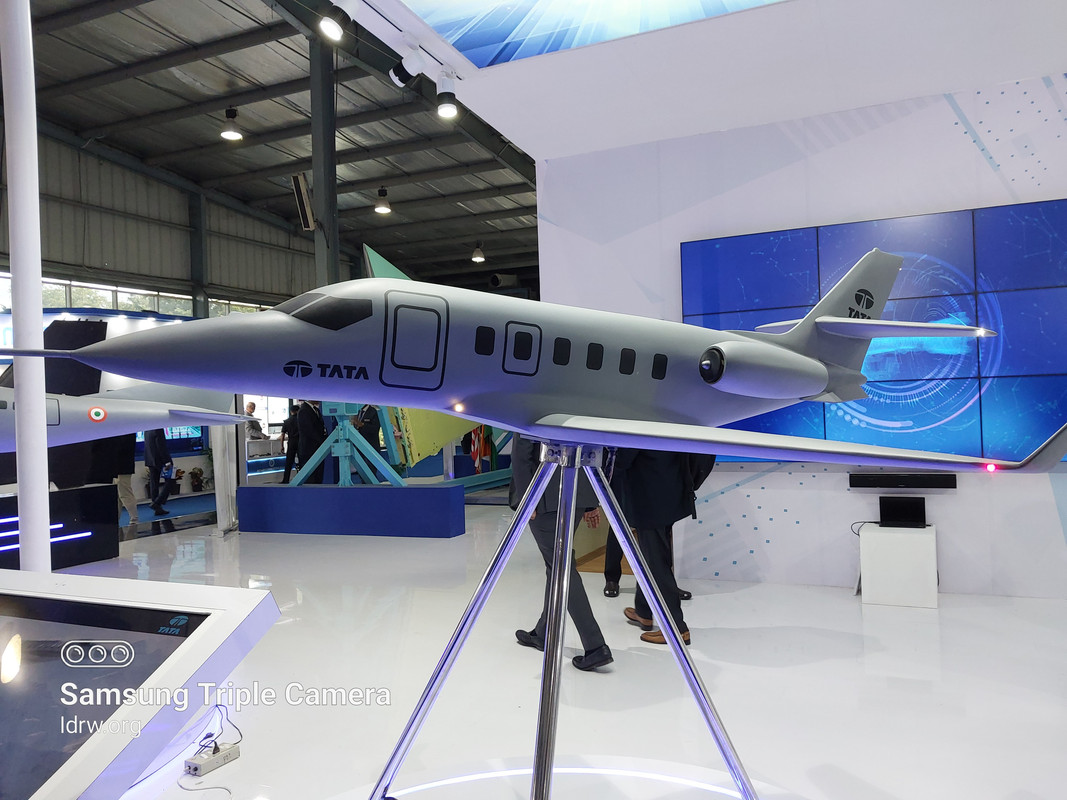SOURCE: AFI


The recent decision by the Indian Armed Forces to acquire Predator drones from the U.S. has sparked discussions about the potential of indigenous alternatives. TATA’s acquisition of the Intellectual Property (IP) rights for the Grob G 180 SPn aircraft presents India with an opportunity to develop a highly capable, cost-effective unmanned platform that could match or exceed the operational benefits offered by Predator drones. Considering this, an Indian-developed Grob G 180-based UAV program could serve the armed forces’ needs in a versatile and sovereign manner.
With TATA holding the IP rights to the Grob G 180 SPn, India gains significant freedom in tailoring the aircraft to the specific operational requirements of its armed forces. This autonomy would allow for customized adaptations across systems and subsystems without restrictions or approval from foreign manufacturers. Such a capability is essential for the Indian Armed Forces, as the aircraft could be equipped with advanced indigenous technologies, including electronic intelligence (ELINT) and intelligence, surveillance, target acquisition, and reconnaissance (ISTAR) systems, that align with India’s defense priorities. By contrast, foreign-built platforms like the Predator are often subject to export limitations and stringent controls on modifications, which can limit their flexibility in a unique and diverse combat environment like India’s.
Financially, the Grob G 180 presents a promising alternative to the Predator, with each aircraft potentially costing around $8 million, compared to the $12 million price tag of the Predator. Additionally, while the Predator offers proven capabilities, it remains a costly choice with limited scope for adaptation to other roles, unlike the Grob G 180’s potential versatility.
The cost advantage becomes even more evident when considering high-end alternatives like the P-8 Poseidon, which costs upwards of $450 million per unit. This substantial expenditure limits the number of units that can be procured, restricting operational reach. In contrast, a Grob G 180-based UAV could allow India to procure a fleet of versatile platforms that can perform various roles at a fraction of the price, greatly enhancing operational flexibility and volume without compromising the defense budget.
The Grob G 180 SPn’s platform could be adapted for a wide range of mission profiles, from ELINT to ISTAR, especially in maritime and high-altitude operations. With an impressive ceiling of 41,000 feet, the aircraft can operate effectively over vast oceanic expanses and contested airspaces. This high altitude enables it to escape many threats, making it a more survivable platform in contested environments than the Predator. Furthermore, the Grob G 180 SPn’s cruise speed of 770 km/h surpasses the Predator, granting it the ability to respond quickly to hostile situations or withdraw from threats if necessary.
An additional advantage lies in the Grob G 180’s potential as a missile carrier. With modifications, it could carry India’s advanced missile systems, such as BrahMos and Long-Range Anti-Ship Missiles (LRASM), making it a formidable asset in both defensive and offensive operations. Such a capability would not only bolster India’s strategic deterrence but would also extend the operational scope of indigenous missile technology.
Choosing the Grob G 180 over imported alternatives would stimulate India’s aerospace industry and foster local expertise in UAV development. The involvement of Indian companies in manufacturing and customizing these platforms could accelerate the country’s aerospace and defense capabilities. This would also create high-skill jobs domestically, contribute to technological self-reliance, and promote an ecosystem of innovation and industrial growth that could have long-term benefits for India’s defense sector. Furthermore, the integration of locally developed avionics, communication, and combat systems could lead to a standardized and fully indigenous platform that could be exported to friendly nations, positioning India as a provider of high-quality UAV technology on the global stage.